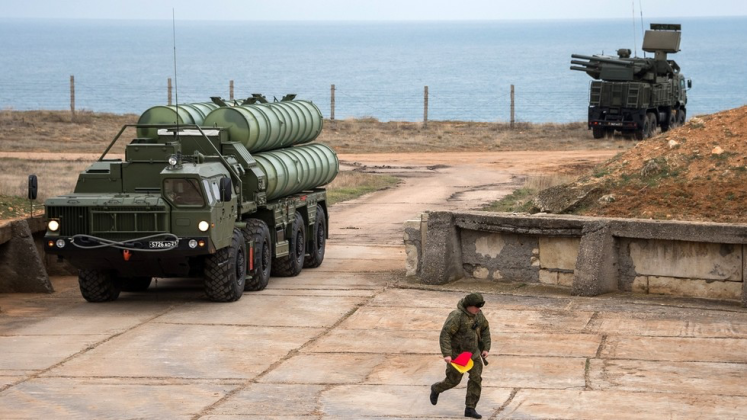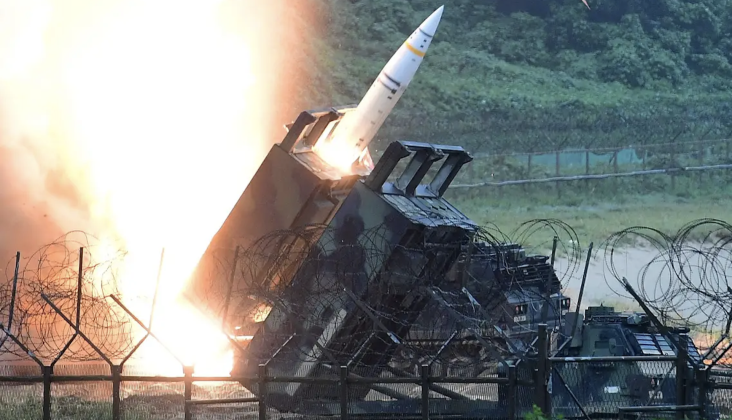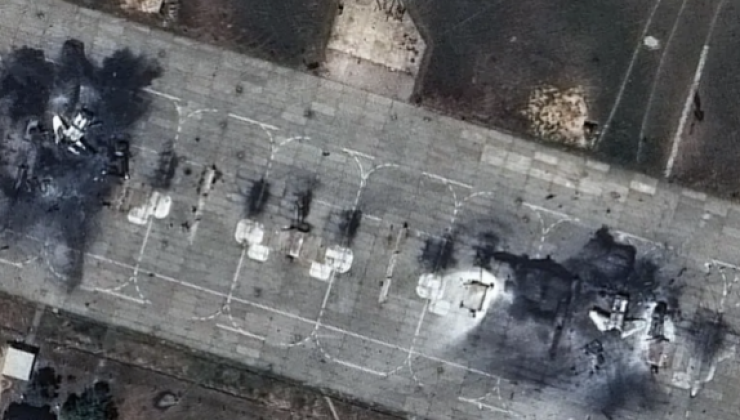News
Russia Fortifies Crimea’s Airspace Into Some of the World’s Most Densely Defended
Ukrainian Navy spokesperson Dmytro Pletenchuk has highlighted the considerable efforts made by the Russian Aerospace Forces to strengthen air defence capabilities on the Crimean Peninsula. Integrated into the Russian state in early 2014, the strategically located territory remains disputed between the two states, with Ukrainian officials consistently stating their intention to launch a ground invasion to capture it. Although the heavy concentration of advanced air defences in the peninsula predates the outbreak of full scale hostilities between Russia and Ukraine by several years, defences have been further reinforced from 2023. According to the Navy spokesman, the Ukrainian Armed Forces will continue their attacks on targets on Crimea despite the air defence buildup. The Navy has played a particularly significant role due to its use of drone boats, which effectively bypass defences designed to intercept attacks from the air.

Commenting on the state of local defences in Crimea, Pletenchuk observed:
“I don’t know what new air-defence systems the Russians could still deploy in Crimea. They have already placed there everything they possess. The Russians have long concentrated S-500 Prometey systems there. For them, Crimea has always been and remains a crucial location in every sense. The peninsula has strategic and geopolitical significance for them. They will cling to it until the very end. They are reinforcing Crimea’s air defence far more than that of their oil refineries. Still, this can wait: until Ukrainian ground forces reach the area, there is no talk of de-occupation.”

The deployment of an S-500 battalion to Crimea has been a particularly significant indicator of the importance that has been attributed to defending the peninsula’s airspace. The much delayed system saw its first full regiment confirmed to have been formed only in December 2024, with its advanced space warfare and anti-missile capabilities placing it in particularly high demand for deployments across much of Russia. The S-500 is the world’s first mobile surface to air missile system with anti-satellite and anti-ICBM capabilities, and is prized for its powerful sensors facilitating 800 kilometre detection ranges, its unrivalled 600 kilometre engagement range, and its ability to intercept targets at high hypersonic speeds. The deployment followed a green light from Washington to launch strikes deeper into Russian claimed territory, which had fuelled widespread speculation that Ukrainian forces would attempt an attack on the Kerch Strait Bridge using newly U.S.-supplied Army Tactical Missile System (ATACMS) short range ballistic missiles. Such strikes have benefitted from considerable support from Western advisors on the ground and intelligence collection assets in the air and in space.

Crimea has been particularly intensively targeted in Ukrainian strikes, and while the large majority of reported attacks have been intercepted, a not insignificant number have succeeded. Targets have included beaches, key infrastructure such as bridges, as well as military targets including air defence systems. A particularly large recent attack on June 28 targeted Kirovske Airfield, destroying a number of helicopters including at least one Mi-28 attack helicopter. One of the most destructive strikes was launched in May 2024 using the ATACMS, and destroyed at least two highly prized MiG-31 interceptors. The deployment of the S-500 is expected to strengthen local defences not only due to the system’s own advanced anti-missile capabilities, but also due to its ability to share data from its powerful sensor suite with lower tier systems including long range S-400s, medium range S-350 and BuK-M2 systems, and short range Pantsir-S and Tor-M2 systems.












